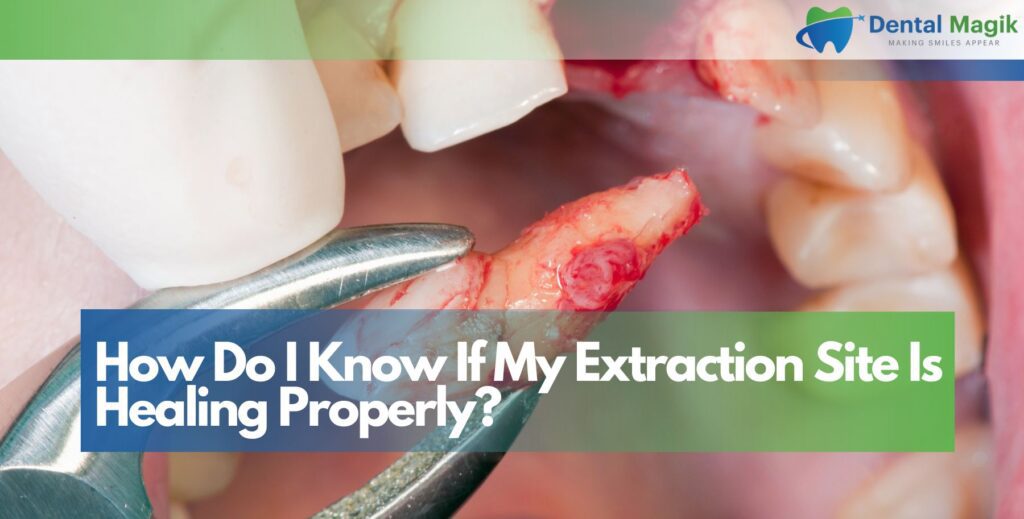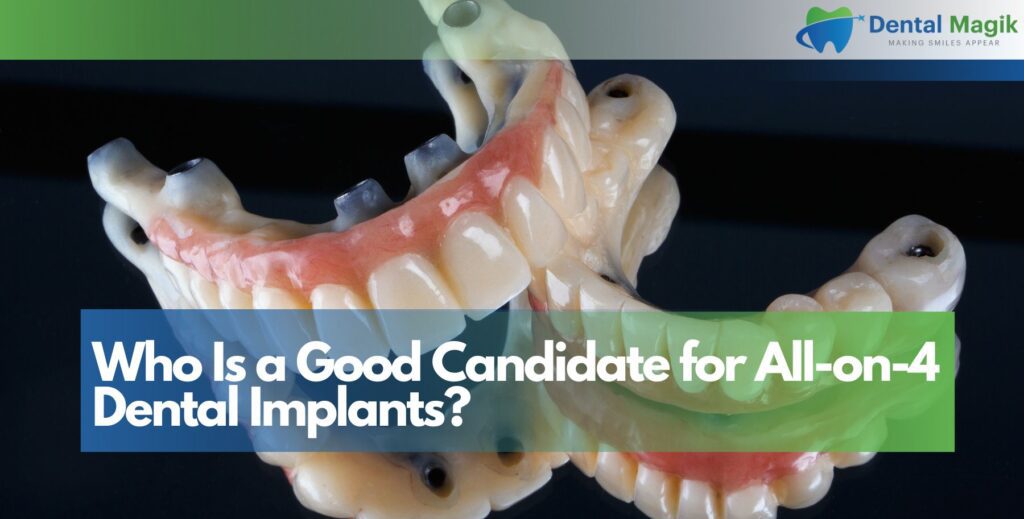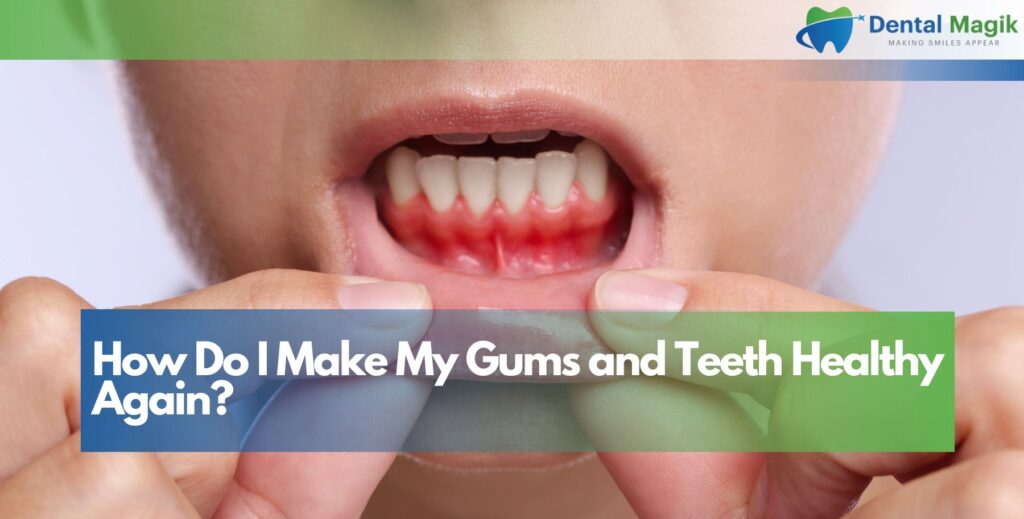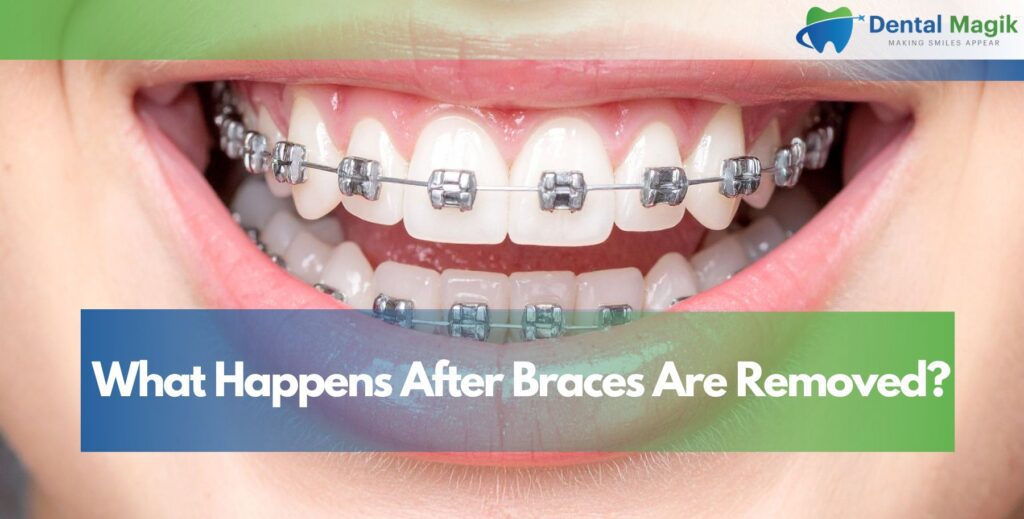Toothaches can be annoying, but what’s worse is ignoring them and ending up with serious damage. One of the most common treatments for tooth decay and minor damage is a dental filling. It’s simple, effective, and can restore your tooth to full function in just one visit.
But what exactly is a dental filling, when do you need one, and what can you expect from the procedure? In this detailed guide, we’ll answer all of these questions and more—based on the latest dental care practices and optimized for users like you searching for the right answers.
Let’s dive in.
What Is Dental Filling?
A dental filling is a restorative treatment used to repair a tooth that has been damaged by decay, wear, or trauma. It involves removing the decayed portion of the tooth and filling the area with a material like composite resin, amalgam, porcelain, or gold to restore its normal shape, function, and strength.
Think of it as patchwork for your tooth—when a cavity eats into your enamel, a filling seals that space, preventing bacteria from entering again.
Purpose of a Dental Filling
- Stop decay from spreading
- Restore the structure of the tooth
- Relieve sensitivity or pain
- Prevent future infections or abscesses
- Improve the tooth’s appearance (for visible areas)
Dental fillings are quick, safe, and often done under local anesthesia for comfort.
Learn More: Restorative Dentistry in East Brunswick, NJ
Signs You Might Need a Dental Filling
Not all cavities cause pain right away, which is why regular dental check-ups matter. But there are certain signs to watch out for:
Tooth Sensitivity
If your tooth feels sensitive when eating sweets, hot, or cold foods, it could be a cavity forming. A filling can fix this by sealing off the exposed dentin.
Visible Holes or Dark Spots
If you notice dark spots, holes, or rough patches on your tooth surface, that’s a common sign of decay. You should see a dentist before it worsens.
Mild to Sharp Pain While Chewing
Pain or pressure while eating could signal damage inside the tooth. A dental filling can stabilize the tooth and relieve discomfort.
Food Getting Stuck in the Same Spot
If food is regularly catching in the same crevice, it might be a cavity that needs filling.
A Chipped or Fractured Tooth
Small chips or cracks—even without decay—can often be treated with composite fillings to restore shape and function.
How Dentists Diagnose Cavities
Modern dental exams involve more than a flashlight and a mirror. Your dentist may use:
- Visual inspection
- X-rays to detect cavities between teeth
- Laser cavity detectors
- Intraoral cameras to show damage clearly
With these tools, they can determine if a filling is the best option or if further treatment like a root canal is needed.
Types of Dental Fillings: Which One Is Right for You?
Choosing the right filling material depends on the tooth’s location, how much of it is damaged, your budget, and aesthetic preferences.
Composite Fillings
- Tooth-colored resin material
- Great for front teeth or visible areas
- Blends naturally with enamel
- Durable and safe
- Often used in cosmetic repairs
Amalgam Fillings
- Silver-colored metal mix (mercury, silver, tin)
- Strong and long-lasting
- Best for molars and chewing surfaces
- More affordable but visible
Gold Fillings
- Longest-lasting option (15+ years)
- Highly durable and well-tolerated
- More expensive and noticeable
Porcelain Fillings (Inlays/Onlays)
- Custom-made in labs
- Stain-resistant and tooth-colored
- Used for larger restorations
- Higher cost, excellent aesthetics
Each material has pros and cons. Your dentist will help you choose based on your needs and where the filling is located.
What Happens During a Dental Filling?
Worried about the dentist’s chair? Don’t be. Getting a dental filling is usually simple and quick.
Numbing the Area
Your dentist will apply local anesthesia to numb the tooth and surrounding gum area. This keeps you comfortable during the procedure.
Removing the Decay
They’ll use a dental drill or laser to remove the decayed or damaged part of the tooth while preserving healthy enamel.
Cleaning and Disinfecting
The tooth is thoroughly cleaned to remove bacteria and debris before placing the filling.
Placing the Filling
The dentist will layer the filling material into the tooth and shape it to match your bite. Composite fillings are hardened using a special light.
Polishing and Finishing
Finally, the filling is polished so it feels natural and smooth in your mouth.
How Long Do Dental Fillings Last?
The lifespan of a dental filling depends on:
- The material used
- Your oral hygiene habits
- The size and location of the filling
- Diet and grinding habits
On average:
- Composite fillings: 5–10 years
- Amalgam fillings: 10–15 years
- Gold/porcelain: 15–20+ years
Regular checkups help catch worn or cracked fillings early.
Aftercare Tips for Dental Fillings
To extend the life of your filling and maintain oral health:
- Avoid chewing on hard foods (especially for 24 hours post-procedure)
- Brush twice daily with fluoride toothpaste
- Floss daily to prevent decay near the filling
- Avoid sugary snacks and acidic drinks
- Get professional cleanings every 6 months
If your bite feels off after the filling, or if there’s sensitivity or pain after a few days, contact your dentist right away.
Alternatives to Fillings
Sometimes, if the decay is too extensive, a filling isn’t enough. Your dentist may recommend:
- Inlays or onlays for larger areas of damage
- Crowns to protect weakened teeth
- Root canal therapy if the pulp is infected
- Tooth extraction in severe cases
Early detection helps you avoid invasive treatments.
Are Dental Fillings Safe?
Yes. Today’s dental fillings—especially composite and ceramic—are highly safe, biocompatible, and mercury-free. Amalgam fillings are still used and FDA-approved, though many dentists offer alternatives for those concerned about metals.
Cost of Dental Fillings
The cost of a dental filling depends on:
- Type of material used
- Number of surfaces involved
- Location of the tooth
- Dentist’s experience
- Insurance coverage
Average Costs (Uninsured):
| Filling Type | Cost (Per Tooth) |
| Composite Resin | $150 – $250 |
| Amalgam | $100 – $200 |
| Gold or Porcelain | $500 – $1,000+ |
Many dental plans cover up to 80% of basic restorative work, including fillings.
How to Prevent Tooth Decay (and Avoid Fillings)
A filling fixes damage, but prevention is always better. Here’s how to keep cavities at bay:
Brush and Floss Properly
Use a soft-bristled toothbrush and fluoride toothpaste. Brush twice a day and floss once daily to remove plaque.
Limit Sugar and Acidic Foods
Sugar feeds cavity-causing bacteria. Acidic drinks like soda and fruit juice wear down enamel.
Visit Your Dentist Regularly
Routine exams and cleanings help detect small issues before they turn into cavities.
Use Dental Sealants
Especially for kids, sealants offer extra protection on molars where cavities often form.
By offering medically accurate, easy-to-understand, and locally relevant content, this article provides direct value to users looking for information about dental fillings and nearby services.
Conclusion
Knowing what a dental filling is and when you might need one helps you take better care of your oral health. From treating cavities early to choosing the right filling material and keeping it protected, small steps today can prevent serious problems tomorrow.
If you’re experiencing tooth pain, have signs of decay, or just want a professional check-up, don’t wait. Trust a skilled and compassionate Dentist in East Brunswick, NJ who can diagnose the issue and guide you through your options. Your smile—and your comfort—are in good hands.
FAQs
Is getting a dental filling painful?
Not at all. The procedure is done under local anesthesia, so you won’t feel pain—just some mild pressure.
How long does a dental filling take?
Most fillings take 20 to 60 minutes, depending on size and location.
Can you eat after a filling?
Yes, but it’s best to wait until the numbness wears off (about 2–3 hours). Avoid sticky or hard foods for the first day.
Are white fillings better than silver ones?
Composite (white) fillings are more aesthetic and bond well to tooth surfaces, making them ideal for visible teeth. Silver fillings are more durable but visible.
How do I know if my filling needs to be replaced?
Signs include pain, sensitivity, visible cracks, or food getting stuck. Your dentist can check this during your routine exam.







